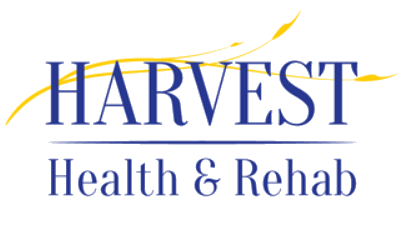Resources
What to Expect:
You've decided to commit to therapy and you may be wondering what to expect your first visit.
Here are some tips to help you be more prepared:
• Arrive 15 minutes early for paperwork
• Wear loose fitting clothing for physical/occupational therapy
• Expect 45-60 minutes for the first visit
• First visit is a combination of evaluation and treatment
What to Bring?
• Physician's Order
• Insurance Cards
• Driver's License
• Medication List
FAQs
Listed below are a few questions we frequently get asked. Still have questions? Give us a call; we're here to help!

